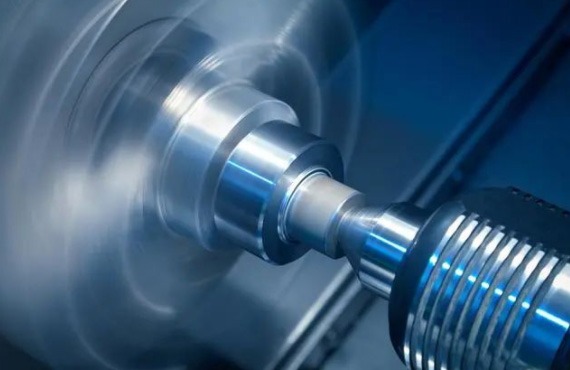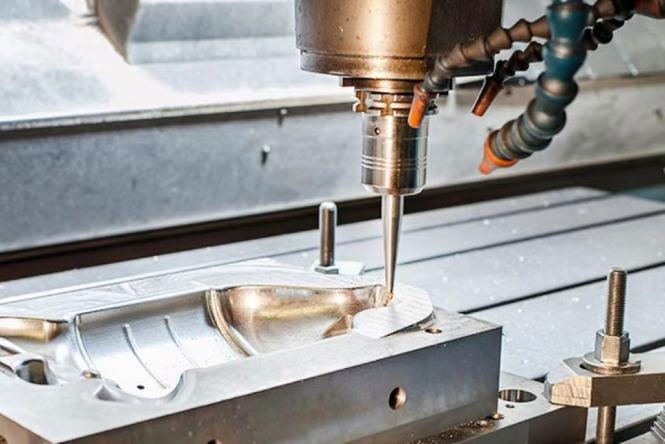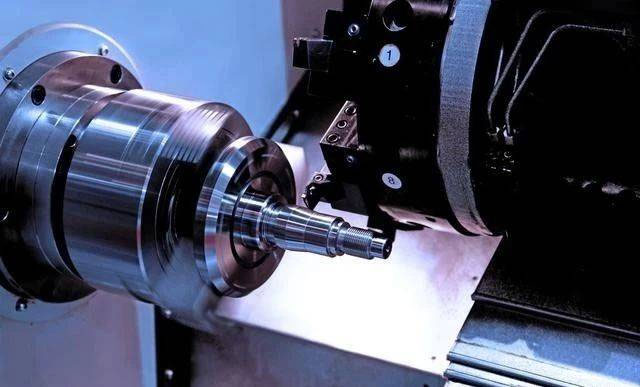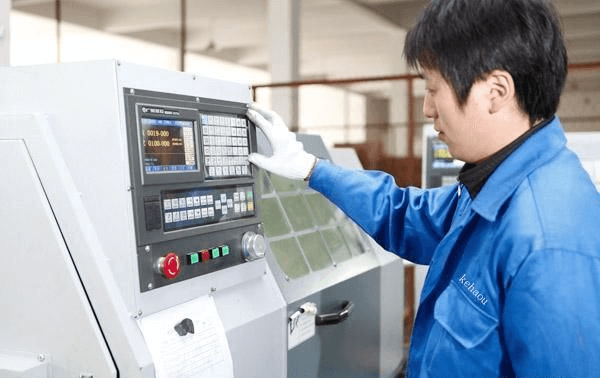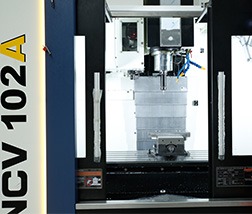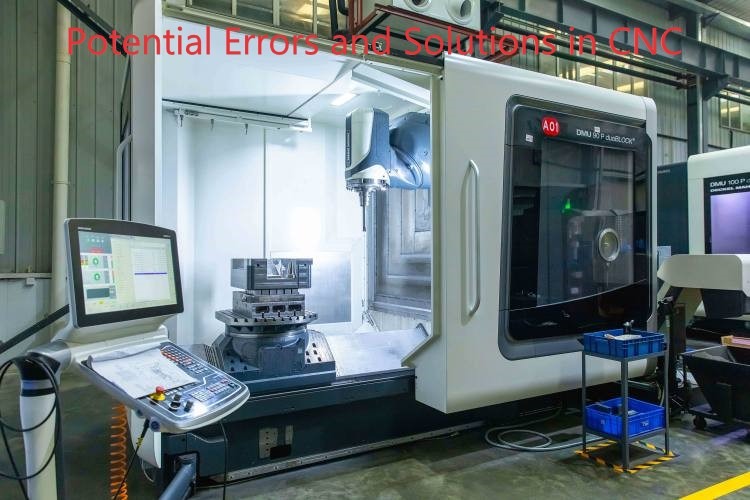The product team has many options for multi-axis machining, from 3 axes to 5 axes and even 9 axes. What are the differences between each type? In this article, we will analyze the key similarities and differences between two popular types of CNC machining (3-axis and 5-axis) and explain when it might make more sense to use one or the other.
What is 3 Axis CNC Machining?
After the operator enters the milling instructions into the computer, the three-axis CNC machine tool will complete the task automatically, using the tool to cut along 3 axes – X, Y, Z, or from left to right, front to back, and up and down. CNC milling and CNC turning belong to the category of 3-axis machining. However, their function is slightly different.
3-axis milling was developed from the practice of rotary files. It is a milling process performed on the X and Y axes. In 3-axis machining, the workpiece remains stationary while the tool moves along 3 axes to mill the part. 3-axis machining remains one of the most widely used techniques for manufacturing mechanical parts for automated/interactive operations, slot milling, drilling, and cutting sharp edges. Because 3-axis machining is only performed on 3 axes, it is relatively simple and can remove material from 3 axes forward, backward, left and right, up and down, and up and down. Although this is the most basic CNC lathe process, depending on your production scale workpiece requirements.
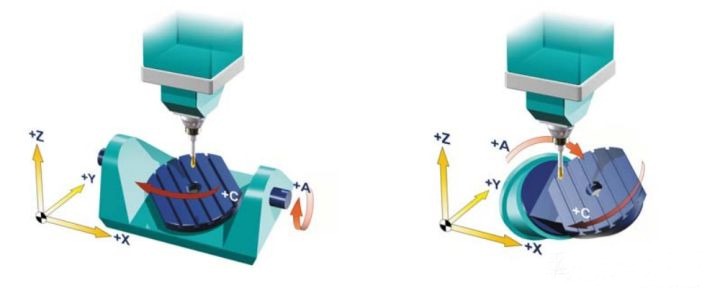
In contrast, in CNC turning, the workpiece is attached to a rotating spindle, and the lathe processes the part. When the spindle holds the workpiece for rotation, the center drill or cutting tool tracks the inner and outer circumference of the assembly or creates holes along the center axis. Compared with CNC milling machines, CNC turning machines produce parts faster and at lower unit costs, which is conducive to mass production.
What is 5 Axis CNC Machining?
A 5-axis machine tool relies on a tool that moves in 5 different directions – X, Y, Z, and A and B around which the tool rotates. Using a 5-axis CNC machine allows the operator to approach a part from all directions in a single operation, eliminating the need to manually reposition the workpiece between operations. 5-axis CNC machining saves time and is ideal for manufacturing complex and precision parts, such as those found in the medical, oil and gas, and aerospace industries. There are several different types of 5-axis machine tools product teams should be aware of, including index 5-axis CNC machines, continuous 5-axis CNC machines, and milling CNC centers.
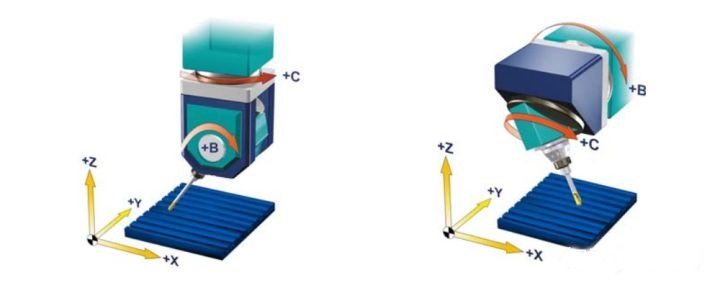
As with 3-axis CNC milling, the tool moves along only 3 axes in indexed 5-axis CNC machining and does not maintain continuous contact with the workpiece. However, the work table and cutter head can be rotated automatically in both directions. Indexed 5-axis machining is excellent for manufacturing housings, clamps, and fixtures. It lies between three-axis CNC milling and continuous 5-axis CNC machining in terms of speed, accuracy, and ability to handle complex geometric shapes.
In continuous 5-axis CNC machining, the tool and workpiece can rotate and move simultaneously during operation, saving time and allowing operators to create complex geometric shapes with organic surfaces. Continuous 5-axis CNC machining offers improved surface finish, speed, and dimensional stability, but it has the highest cost per part.
Comparison Between 5 Axis and 3 Axis
The accuracy of 5-axis CNC machine tools is higher than that of 3-axis CNC machine tools, which is completely a hypothesis. It is entirely possible that high-end 3-axis machine tools are several levels higher than ordinary 5-axis machine tools in terms of manufacturing accuracy. With the inclusion of 3-axis machine tools X/Y/Z 3 linear axes, the structure is relatively simple. When the 3-axis machining center is machining, the direction of the tool axis will not change, the movement mode is also limited, and the programming is relatively simple.
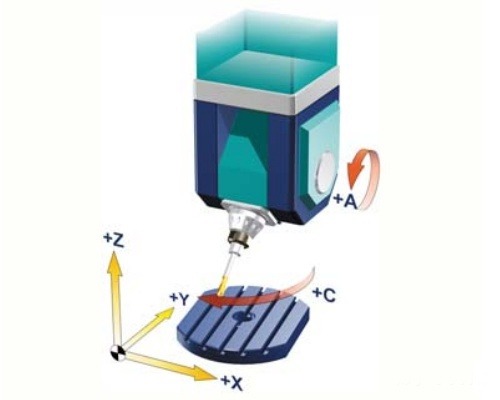
The “drooping” mentioned in the figure means that there is a rotating axis that is not perpendicular to the 3 linear axes, which is relatively rare. Its motion relationship is more complicated, but the structure is relatively compact, and the dynamic and static stiffness is good.
The Main Advantages of 5 Axis Machining
- Less time for clamps’ changing
Due to the existence of the two rotating axes of the 5-axis machine tool, the tool can approach the workpiece from any direction, and all surfaces except the mounting surface can be processed in one clamping. “Reducing the number of clampings” can kill two birds with one stone for the pursuit of high-efficiency and high-precision machining. On the one hand, reducing the number of clamping times can save time, reduce the labor intensity of workers, and improve processing efficiency.
- Maintain the best cutting state of the tool and improve the machining conditions
Because of the function of the 5-axis machine tool, the tool can approach the workpiece from any direction, allowing the tool to cut the workpiece at the most suitable angle. It can also improve processing efficiency and processing quality.
- Effectively avoid interference
Because of the existence of two rotating axes of the 5-axis machine tool, the tool can approach the workpiece from any direction, making the machining path flexible and changeable. It can effectively avoid interference problems during processing. It shortened the development cycle. This is also the natural effect achieved after quality and efficiency are improved.
Conclusion
In a word, the main difference between the 3-axis and the 5-axis is mainly reflected in the processing ability. A 5-axis machine can do the work of a 3-axis machine, but on the contrary, it doesn’t work. It shows that the existence of two rotary axes endows the five-axis machine tool with stronger processing capabilities.
While both are highly versatile, automated, and replicable production processes that will enable you to quickly and cost-effectively create accurate components, however, you may opt to use one between them for a variety of reasons.
Are you still wondering which tool can complete your project? Come to JTR, and we can help you with a perfect plan.


